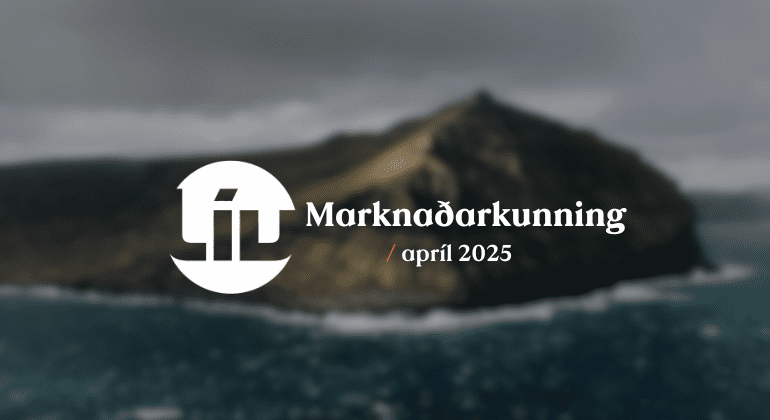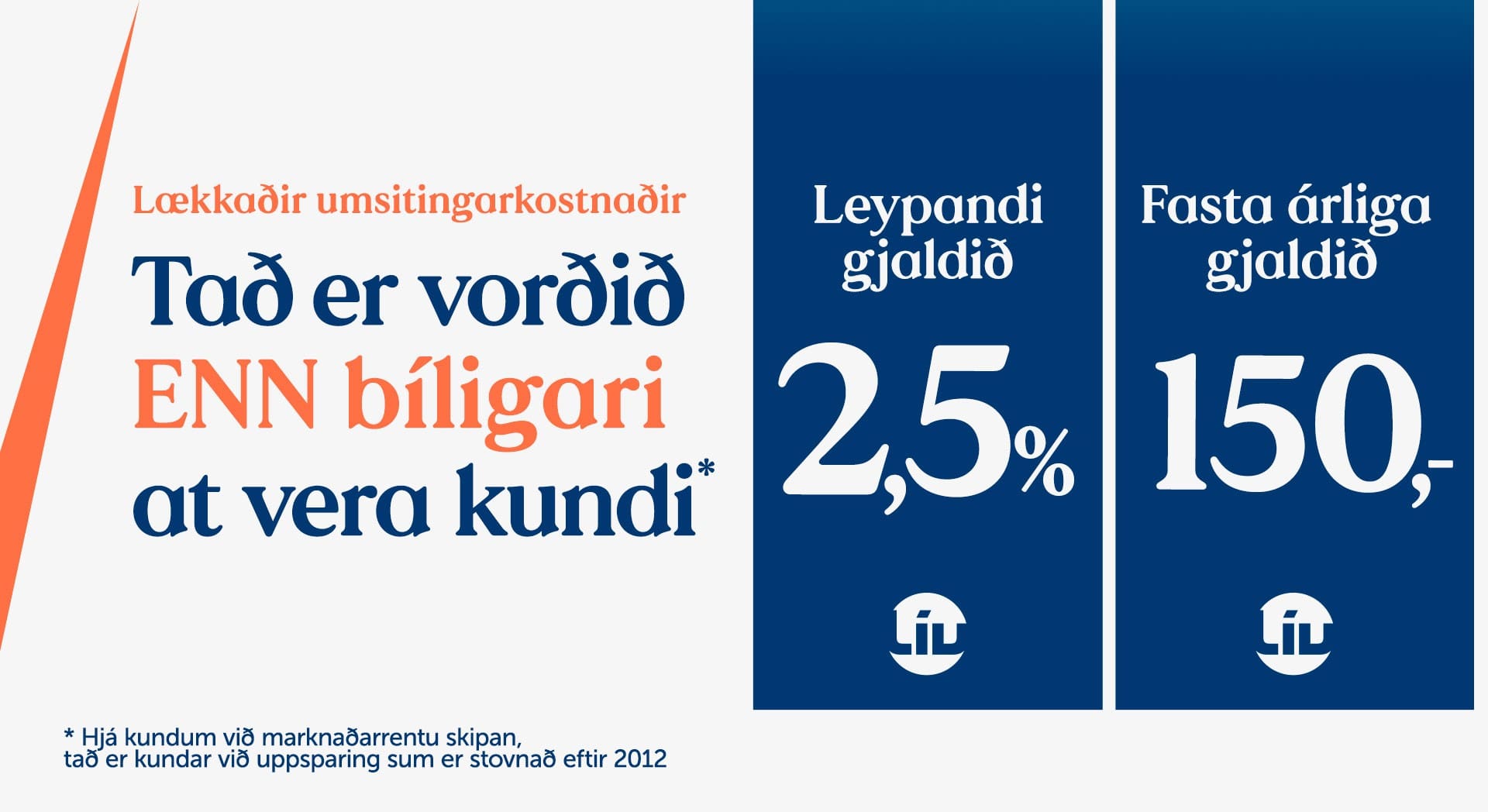Stocks and interest rates fell significantly in March and early April
April was divided in two. There were large stock price declines early in the month, followed by a recovery. These two movements combined meant that the overall loss in global equities in April was 4%. Danish stocks managed to recover the entire loss.
Initially, investors turned away from U.S. stocks, cyclical or “junk” stocks, as well as growth and quality stocks. However, they returned to these investments later in the month.
The turbulence in the stock markets also spread to the bond markets—particularly in the U.S.—where interest rates first rose and then fell. But the market calmed as the month progressed, and interest rates in Europe declined, resulting in a positive return for the month—though not for bonds from high-yield countries.
Commodity prices also came under pressure when the U.S. dollar initially weakened and then slightly strengthened again against the euro and the Danish krone.
Why? It all comes down to Trump, China, and trade wars
On April 2, U.S. President Donald Trump significantly raised tariffs—much more than expected—on all imported goods, especially those from China. Other countries were given a 90-day negotiation pause to agree on new tariff structures. Trump made several exceptions during April.
China responded with similar retaliatory tariffs on U.S. exports to China, while the EU is preparing its own negotiation proposal.
This increases the risk of a global trade war and an international economic downturn. Consequently, the risk of negative GDP growth, reduced corporate earnings, inflation, and rising unemployment also rises. For American consumers, higher tariffs have the same effect as a large tax increase, and the resulting uncertainty about the global trade system causes many businesses to put activity on hold, awaiting clarity.
All economists agree: The longer the uncertainty around trade wars and tariffs lasts, the more damage will be done to economic growth and company earnings.
Market forces are thus being driven by Donald Trump’s statements on trade wars—or the lack thereof—and the responses from China. Because of this, market prices fluctuate up and down due to both fear of an economic downturn and relief when Trump appears to soften, especially when top executives and financial markets push back against him. He can be influenced.
What Now? The Good, the Somewhat Bad, and the Grim Scenarios
Reading market commentary and analysis from international financial institutions these days, the outlook over the next 3–12 months can—very simply put—be divided into three different scenarios:
The Good Scenario:
We’ve seen the worst of the trade war, and in the coming days and weeks, disagreements ease quickly. Trade agreements are gradually made between the U.S. and its trading partners. The high tariffs, which act like poison to global trade, are also lowered.
Global growth picks up again, corporate income increases, and defaults on corporate bonds remain low. Inflation behaves as it would without punitive tariffs, approaching the targets of the Fed and ECB, which is 2%. Central banks either keep interest rates stable or slightly lower them.
If this scenario unfolds, we will see new stock market highs and solid returns in both corporate and government bonds.
The Somewhat Bad Scenario (but not terrible):
We enter a longer period of market instability, where stock and bond markets lack a clear direction over the next year.
It is expected to take several months to finalize trade agreements between the U.S., China, and the EU. Businesses and investors will be swayed by concrete signs of negotiations, but the uncertainty about how long these negotiations will last—and what their outcomes will be—will hamper global growth for several quarters.
The Grim Scenario:
Investors and financial institutions anticipate a so-called bear market in stocks. That means major price drops, which in the worst case could be as much as 50%. The last time we saw such large declines was during the financial crisis in 2008 and the dot-com bubble in 2000. Such downturns usually last 1.5 to 4 years, and it can take 5 to 20 years to recover losses.
The most pessimistic forecasts suggest that the U.S. will make a few minor trade deals, but it will drag on—or fail altogether—to establish comprehensive agreements between the U.S., China, and the EU. A serious economic shock pulls the global economy into a recession and leads to massive disruptions. At the same time, there are more defaults, rising unemployment, and a period of higher inflation, which limits central banks’ ability to soften the downturn.








